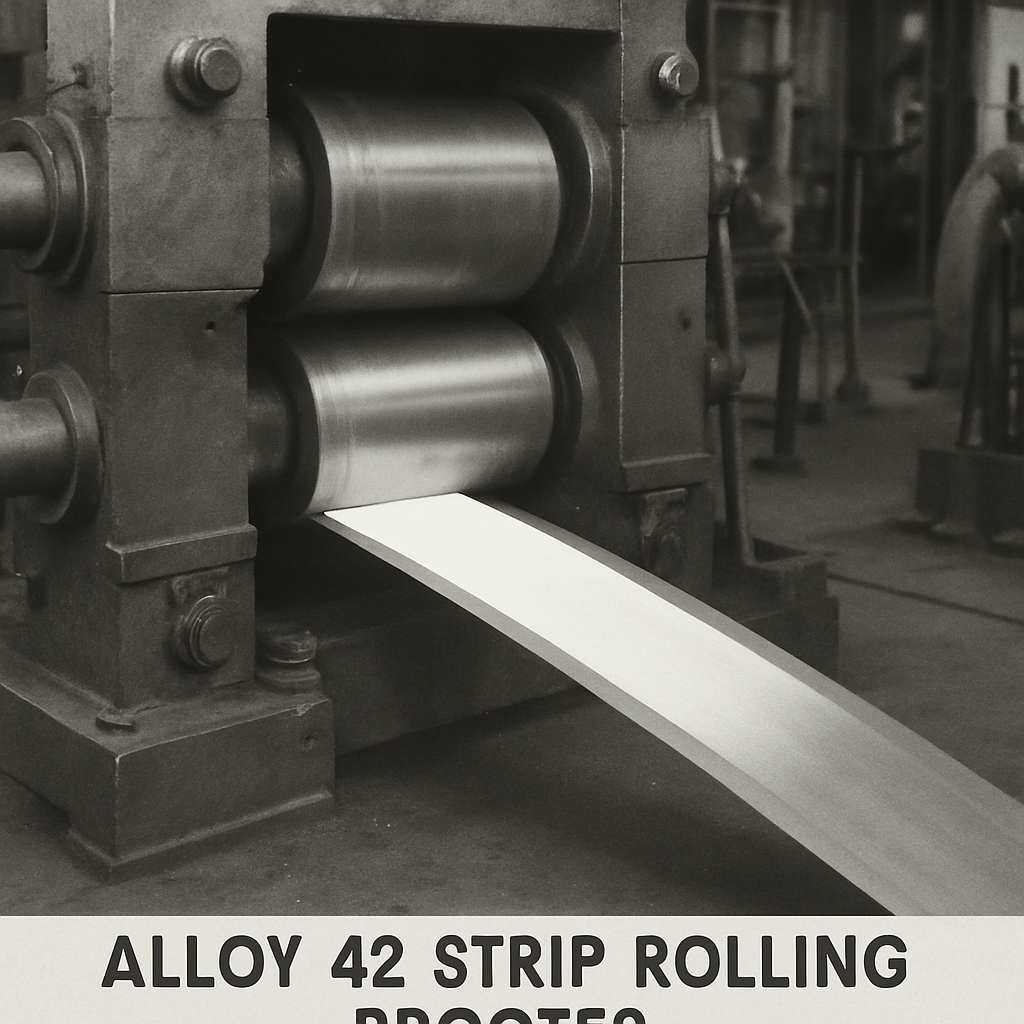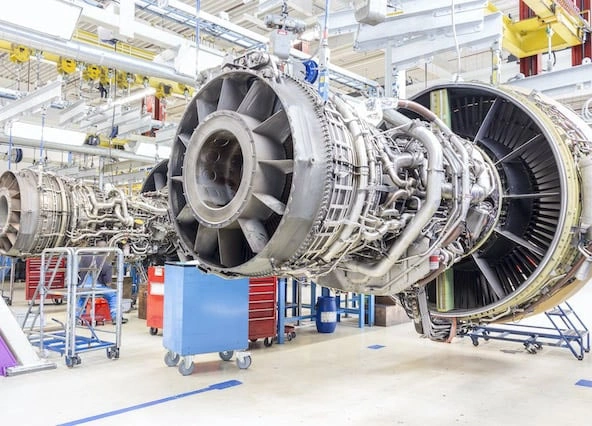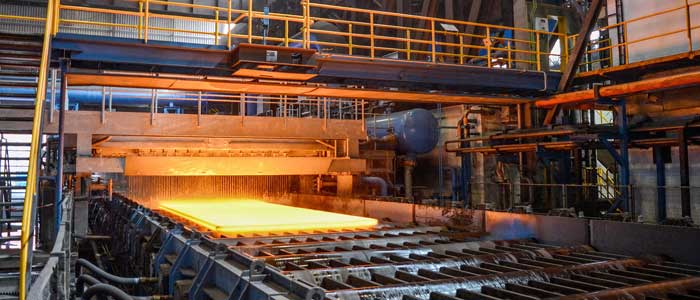The production of Alloy 42 strips is a fascinating process that combines precise engineering with advanced metallurgy. Alloy 42, a popular material in various industrial applications, is known for its unique properties and wide usage. This article will delve into the production process, specifications, and applications of Alloy 42 strips.
Alloy 42 is an iron-nickel alloy composed of approximately 42% nickel and 58% iron. It is renowned for its low thermal expansion properties, making it an ideal choice for applications requiring dimensional stability over a range of temperatures. This makes Alloy 42 strips particularly useful in industries such as electronics and telecommunications, where precision is crucial.
The Production Process
Raw Material Selection
The first step in producing Alloy 42 strips involves selecting high-quality raw materials. Nickel and iron are chosen for their purity and specific properties. These materials are then thoroughly tested to ensure they meet the required standards before being used in the production process.
Melting and Alloying
Once the raw materials are selected, they are melted together in an electric arc furnace. This process ensures that the nickel and iron are thoroughly combined, creating a homogeneous mixture. The molten alloy is then cast into ingots, which will later be processed into strips.
Rolling and Annealing
The ingots are first hot-rolled to reduce their thickness and increase their length. This process is followed by cold rolling, which further refines the strip’s thickness to meet specific requirements. During cold rolling, the strip is annealed multiple times. Annealing is a heat treatment process that softens the metal, enhances its ductility, and relieves internal stresses.
Surface Treatment and Quality Control
After rolling and annealing, the Alloy 42 strips undergo surface treatment to remove any impurities and improve their finish. This may involve processes such as pickling or polishing. Finally, the strips are subjected to rigorous quality control tests to ensure they meet the required specifications, including dimensional accuracy, surface finish, and mechanical properties.
Alloy 42 Specifications
The specifications of Alloy 42 strips are critical for their performance in various applications. Typical specifications include a thickness range of 0.02 mm to 2 mm and a width of up to 300 mm. The strips must also meet specific mechanical properties, such as tensile strength and elongation, to ensure they can withstand the demands of their intended use.
Applications of Alloy 42 Strips
Alloy 42 strips are widely used in applications requiring precision and stability. They are commonly found in electronic components such as lead frames, connectors, and semiconductor packages. The low thermal expansion properties of Alloy 42 make it particularly suitable for use in hermetic seals and glass-to-metal seals, where maintaining a tight seal is crucial.
In summary, the production of Alloy 42 strips is a complex process that demands careful attention to detail at every stage. From raw material selection to final quality control, each step is crucial in ensuring the strips meet the high standards required by their applications. With their unique properties and versatility, Alloy 42 strips continue to be an essential component in various industries.









